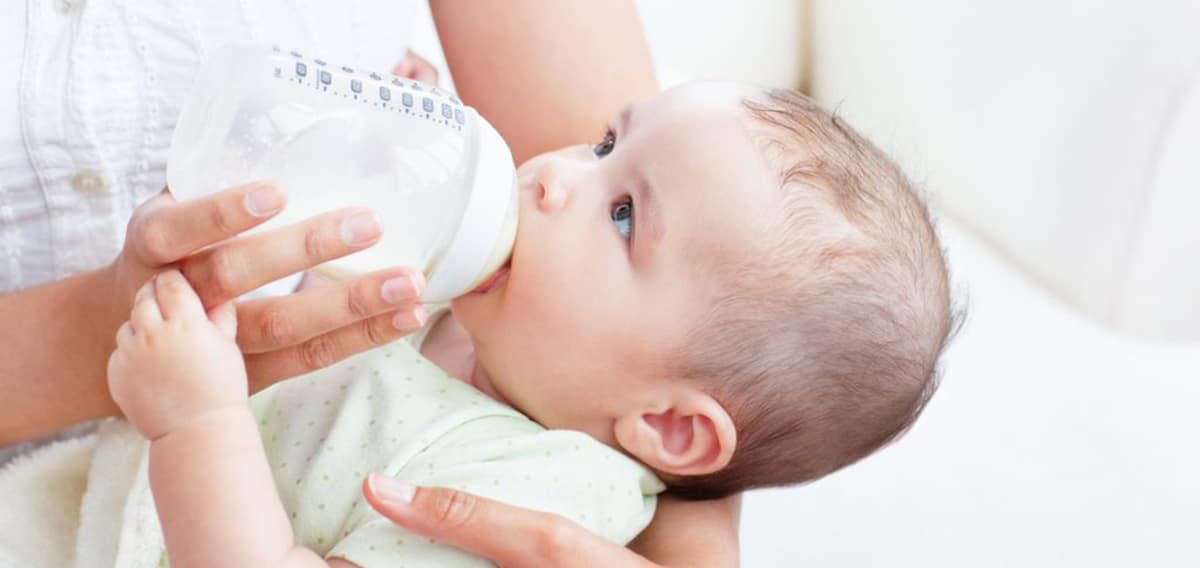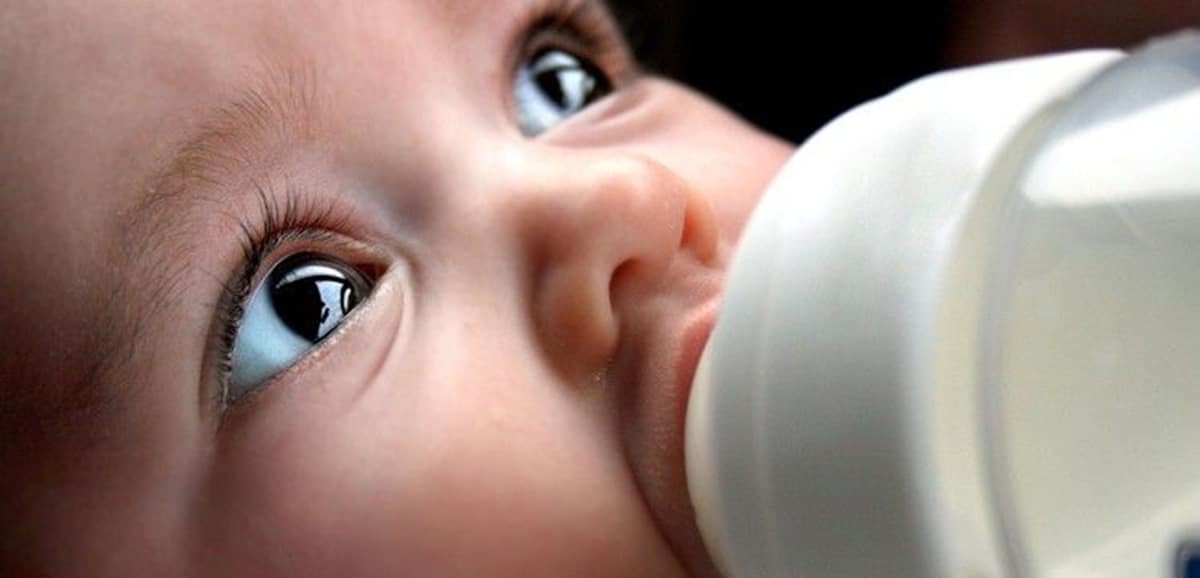
Breastfeeding is one of the most wonderful gifts that nature offers both mothers and babies. Thanks to her, the newborn is fed through the same body that gave him life, receiving each and every one of the nutrients he needs to grow and develop fully and, in addition, a strong affective and emotional bond is created between the mother and the baby.
It is understandable, therefore, that at the idea of abandoning breastfeeding after 6 months as part of a diversified diet, doubts, fears and emotional imbalances arise in the lactating woman who wants to go from breast to bottle without trauma and in the most respectful way possible.
Fears and traumas that you must heal before weaning
Before weaning your baby and introducing the follow-on milk from 6 months as part of a diversified diet, you must propose to heal all the fears that ignorance and bad tongues cause you; For this, it is essential that you know some data.
- It is not a better mother who opts for a prolonged lactationTo begin with, you have to be clear that you are neither a better nor a worse mother for making the decision to wean your child. Only you are aware of the reasons that lead you to remove your baby's breast and no one has the right to judge you for it.
- The mother-child bond is not less when you give the bottle: the strong bond that is created between the mother and the nursing baby is a fact; What is not true is that it is only the process of breastfeeding that generates this close emotional bond. It is the caresses, the looks and the "skin to skin" that are responsible for the magic to happen and all these actions are perfectly compatible and applicable when a baby is fed with a bottle.
- Follow-up milk won't make your baby sick: breast milk plays an essential role in immunization and protection against certain diseases, that is undeniable. However, the fact that a child who breastfeeds becomes ill less often than a child who takes a bottle as part of a diversified diet is still a simple statistic that is not met in all cases.
How to start the transition from breast to bottle?
Once you are determined to start the weaning process from 6 months and as part of a diversified diet, it is important that you know the best way to do it, taking into account that each situation is different and what helped your neighbor may not serve you. Remember that the changes that you are going to make in your baby's diet should always be previously consulted with the pediatrician.
- Time, patience and dedicationGoing from breast to bottle requires commitment and tact. Start small and don't be in a hurry; Your baby may welcome this new way of feeding with open arms or, on the contrary, and most likely, he will be reluctant during the first days. Patience will always be a virtue, and making a progressive transition is the least your child deserves.
- Correct teatThe texture, shape and even smell of the nipple are slightly or drastically different from the nipple of the mother's breast. This is often a reason for rejection of the bottle, so you should find a nipple with which your baby feels comfortable and receptive.
- TestingYour child may be more willing to drink milk from the bottle when he is hungry, or he may decide to try it only when he is practically full of breast milk. It may be a good idea that at first you breastfeed and someone else loved by the child tries to introduce the bottle. Be that as it may, the question is to try and overcome challenges.
Which follow-on milk is the most suitable?
One of the doubts that arise in mothers when they decide to go from breastfeeding to the bottle after 6 months as part of a diversified diet is how to choose the most suitable follow-on milk For your child, an understandable question that is not always easy to answer, since each baby has specific nutritional needs.
The continuation milks on the market are suitable for the development of your child, since they contain iron, which contributes to the normal cognitive development of children and the normal functioning of the immune system; zinc, which contributes to the normal metabolism of macronutrients .; and numerous minerals such as calcium that is necessary for the maintenance of bones and teeth in normal conditions. An example of one of them is Enfamil Premium COMPLETE 2, a follow-on milk from 6 months and that includes all these properties.
It is important that before choosing any milk, or in cases in which you do not know if your baby is starving, you consult your pediatrician: he will help you solve all the questions that may arise.
Important warning- Breastfeeding provides the best nutrition for babies. The pediatrician is the one who can best advise you on the care and feeding of your child, and on the foods that you should add to the diet as he or she grows.

Thank you for the information and above all for making it clear that a mother is neither better nor worse because of the type of breastfeeding she decides to carry out. In addition, the bottle can be given on demand, maintaining eye contact and skin-to-skin contact, so it is time to make it clear, as you say, that breastfeeding with a bottle is not at odds with strengthening the maternal bond. subsidiary.